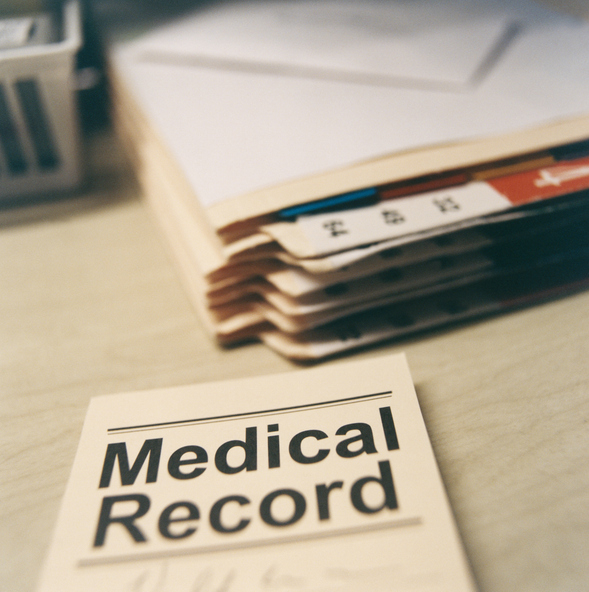Once you have been diagnosed with a medical condition such as systemic mastocytosis (SM), you will quickly need to find an effective way to keep track of your medical records.
It is important to monitor the progression of your disease and your treatment plan by filing your tests and results. Most records are available digitally these days, making it easier to store and access them when you need to.
Whether your medical records are digital or hard copies, choose a way to store them that you find easy to access.
What is SM?
Systemic mastocytosis (SM) is a rare hematological disease characterized by mast cells that are overactive and accumulate in different parts of the body such as the bone marrow, liver, spleen, gastrointestinal tract and lymph nodes.
How can you track your medical tests and results?
Whether prefer to store your medical records in a soft or hard format, it is advisable to keep digital copies as a backup. This helps with the ease of sharing them with your health provider and gives you the option of easy access, if you want to check something, get a second opinion or for whatever reason.
Read more about SM testing and diagnosis
An efficient way to store your medical history and records is in medical history apps or online, in the cloud. Secure apps allow you to store and manage your data and records, such as doctor contact details, insurance coverage, family medical history, your medical history, treatment plan and medication, medical tests and procedures and results. They also offer symptom logs and well-being journals, creating a complete view of your health.
There are several options available—ask your doctor if they can recommend a method.
What happens when you change physicians?
When changing physicians, you must make sure you transfer your medical history and records to your new health care provider. You have a right to access your medical records under the Health Insurance Portability and Accountability Act (HIPAA) of 1996. This is usually a simple process of submitting a records request. But the procedure and the time it takes may vary — although generally it should be done within 30 days.
First, ask your new provider exactly what medical information he or she needs and contact your previous physician to ask how to request your medical records. You may need to fill out a form; a letter or an email stating the records you require could be enough.
Keep in mind that you will be billed the cost of the time spent copying records and preparing the transfer, as well as any postage or shipping costs, for hard copies. Be sure you ask for the cost up front.

